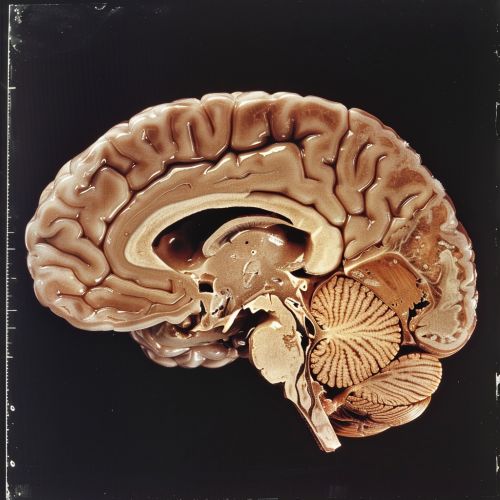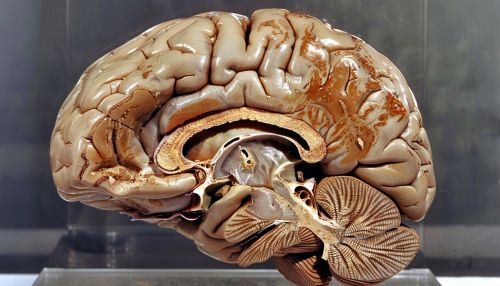Globus Pallidus
Anatomy and Function
The globus pallidus (Latin for "pale globe") is a subcortical structure of the brain, located in the basal ganglia. It is a major component of the motor circuit and plays a crucial role in the regulation of voluntary movement.


The globus pallidus is divided into two parts: the globus pallidus externus (GPe) and the globus pallidus internus (GPi). The GPe serves as the primary output nucleus of the basal ganglia, while the GPi is involved in the indirect pathway of movement.
Neurotransmitters and Receptors
The globus pallidus primarily uses the neurotransmitter gamma-aminobutyric acid (GABA), an inhibitory neurotransmitter. The GPe and GPi have different types of GABA receptors, which contribute to their distinct roles in motor control.
Role in Movement Disorders
The globus pallidus is implicated in several movement disorders, including Parkinson's disease, Huntington's disease, and dystonia. In Parkinson's disease, the GPi is overactive, leading to excessive inhibition of the thalamus and reduced motor activity. In contrast, in Huntington's disease, the GPe is underactive, leading to reduced inhibition of the thalamus and excessive motor activity.
Clinical Significance
The globus pallidus is a target for deep brain stimulation (DBS) in the treatment of movement disorders. DBS of the GPi has been shown to be effective in reducing the symptoms of dystonia and Parkinson's disease.
